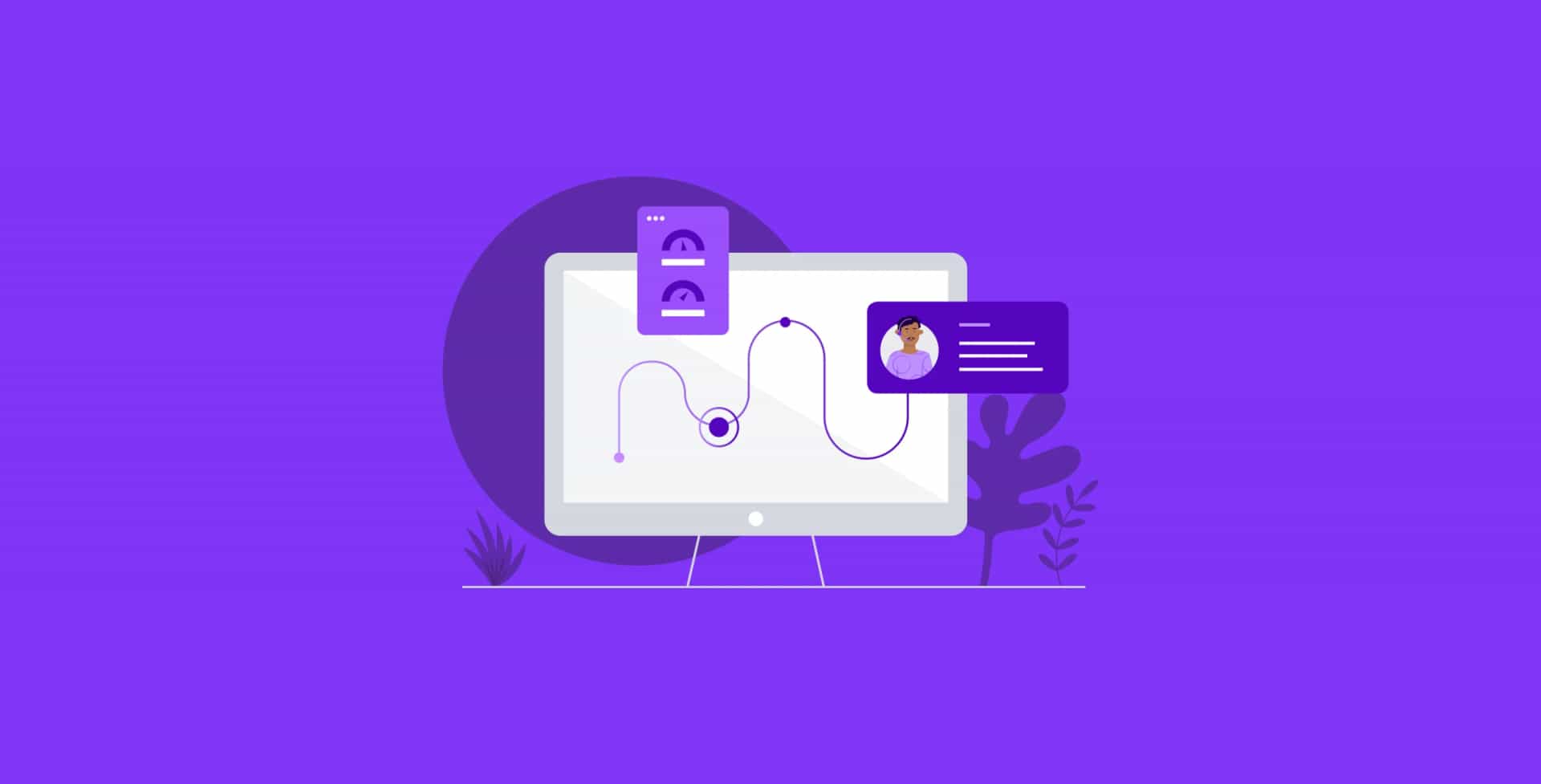How to incorporate customer service into a digital transformation roadmap

By Celia Cerdeira
0 min read

89% of large companies worldwide are undergoing digital and artificial intelligence transformation. Global spending on digital transformation technologies and services could increase exponentially between 2017 and 2027, rising from $0.96 trillion in 2017 to an expected $3.9 trillion in 2027.
A company that joins in this wave and deploys new digital tools and technologies will be set up to streamline operations, improve agility, boost productivity, make smarter decisions, improve internal processes, and more. But to enjoy these benefits, an organization needs an actionable plan: a digital transformation roadmap.
What is a digital transformation roadmap?
While a digital transformation strategy outlines an organization’s overarching vision and desired outcomes, a digital transformation roadmap takes things a step further and explains exactly how to reach those goals. Typically, this roadmap will include timelines, milestones, and specific tasks or steps.
A digital transformation roadmap is vital because it helps companies take abstract goals like “improve company-wide digital technology integration” and break them down into specific, actionable steps. Just as a traveler wouldn’t embark on a cross-country road trip without at least planning which routes to take and which cities to stop in, an organization shouldn’t kick off its journey without having a clear digital strategy and a detailed roadmap ready.
With a detailed plan, an organization can stay aligned during the process, ensuring it uses resources wisely and meets its objectives. A carefully formulated plan allows an organization to sidestep possible pitfalls during the process, helping ensure all its members are on the same page and working toward the same goals in a cohesive and strategic manner. This level of planning helps ensure digital initiatives deliver an ROI and have a positive impact on the organization.
Create a digital roadmap in four steps.
Creating a digital roadmap requires time and thought, but it will pay off in the long run. To create a digital transformation roadmap, a company needs to:
-
Audit digital processes. The company should first examine its current digital processes, platforms, and tools closely. This involves assessing efficiency, identifying existing gaps, and determining which digital processes can be improved with automation or artificial intelligence and which ones need to be completely replaced.
-
Integrate the right digital technologies. There are plenty of digital technologies available, but an organization needs to carefully consider which tools will best align with its needs. Some may benefit greatly from cloud solutions and hybrid work management software, while others may need AI-driven tools and advanced analytics. That’s why it should engage stakeholders and decision-makers every step of the way.
-
Develop a technology management strategy. A company should also outline a technology management strategy that identifies which personnel will lead the transformation, establishes a clear governance structure, schedules regular check-ins, assigns IT responsibilities, defines technology integration timelines, and offers channels for feedback and training.
-
Execute the roadmap in phases. While diving headfirst into digital transformation can be tempting, it’s best to roll out new technologies in phases. An organization can ensure a smooth transition that doesn’t interrupt current operations by giving employees sufficient time to grow familiar with new technologies.
Incorporating customer service into any digital transformation strategy is also a good idea. After all, a solid digital transformation strategy should impact all aspects of an organization, including its customers.
Where should customer service rank as a digital transformation priority?
97% of customers claim customer service impacts their loyalty, which is reflected in the fact that 70% of brands see a direct connection between their customer service and performance.
On the other hand, poor customer service can quickly alienate customers. 60% have switched brands after a negative experience with a contact center.
That’s why customer service needs to be one of the top priorities when digitizing operations. Investing in digitally transforming the customer experience early on can significantly impact customer satisfaction, loyalty, and overall business performance.
Which aspects of customer service can a company digitize?
AI enables a company to digitize many important aspects of customer service, ranging from self-service to workforce engagement. A few areas ripe for digitization include:
-
Data analysis. Collecting and analyzing data is vital for all companies, but doing so manually is time-consuming and error-prone. Digitizing data collection and analysis provides valuable insights to improve service levels, optimize staffing schedules, and tackle emerging issues before they escalate.
-
Agent coaching. It’s possible to digitize agent coaching. For example, digital tools can collect data on individual agents and store it in a centralized location. This allows managers to understand agent performance at a glance, saving them time and energy and opening the door for additional scalability compared to entirely manual agent coaching processes. Digital agent coaching tools also have management dashboards designed to simplify monitoring and analyzing agent performance. Managers can access real-time performance data, including customer satisfaction scores and call handling times, and pinpoint trends and specific areas where an individual agent needs additional support, allowing them to provide more personalized training and feedback.
-
Contact routing. Some digital solutions can also automatically route incoming messages and calls directly to the agent best suited to address the customer’s question. By directly placing a customer in the right hands instead of sending them to the queue indiscriminately, a company can boost customer satisfaction, reduce wait times, improve first-contact resolution rates, and optimize agent workflows.
Incorporate customer service into a digital transformation roadmap today.
Digital transformation roadmaps are vital to a successful digital transformation, which means organizations of all sizes need to dedicate time and resources to carefully developing one. And of course, every digital transformation strategy and roadmap should include and prioritize customer service—after all, customers are 2.4 times more likely to stay when companies can solve customer problems quickly.
Ready to incorporate customer service into your digital transformation roadmap? Discover what Talkdesk Cloud Contact Center can do for you today!





